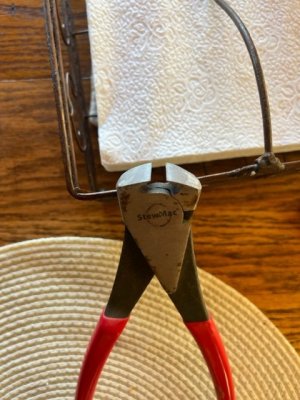Hi All
Making 2nd uke and was bought fretwire at local store. Discovered it was curved, not flat, but thought it would flatten when I fretted the uke.
After fretting and levelling it still appears to still be somewhat curved on a non-radiused fingerboard. Not sure if this will affect notes and playability.
Should I proceed to glue in bridge and nut or rip out frets, plane and sand down the fretboard and replace with new fretboard and flat fretwire or will it play ok as is.
Asking because it would be likely easier to plane down the fretboard (it this becomes necessary) before the bridge goes on rather than finishing the uke and then finding out this is a problem.
All advice appreciated
Mystic
Making 2nd uke and was bought fretwire at local store. Discovered it was curved, not flat, but thought it would flatten when I fretted the uke.
After fretting and levelling it still appears to still be somewhat curved on a non-radiused fingerboard. Not sure if this will affect notes and playability.
Should I proceed to glue in bridge and nut or rip out frets, plane and sand down the fretboard and replace with new fretboard and flat fretwire or will it play ok as is.
Asking because it would be likely easier to plane down the fretboard (it this becomes necessary) before the bridge goes on rather than finishing the uke and then finding out this is a problem.
All advice appreciated
Mystic




